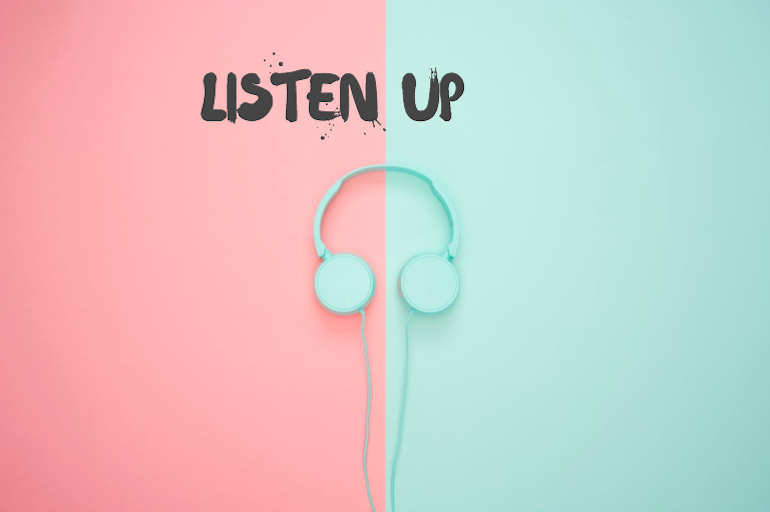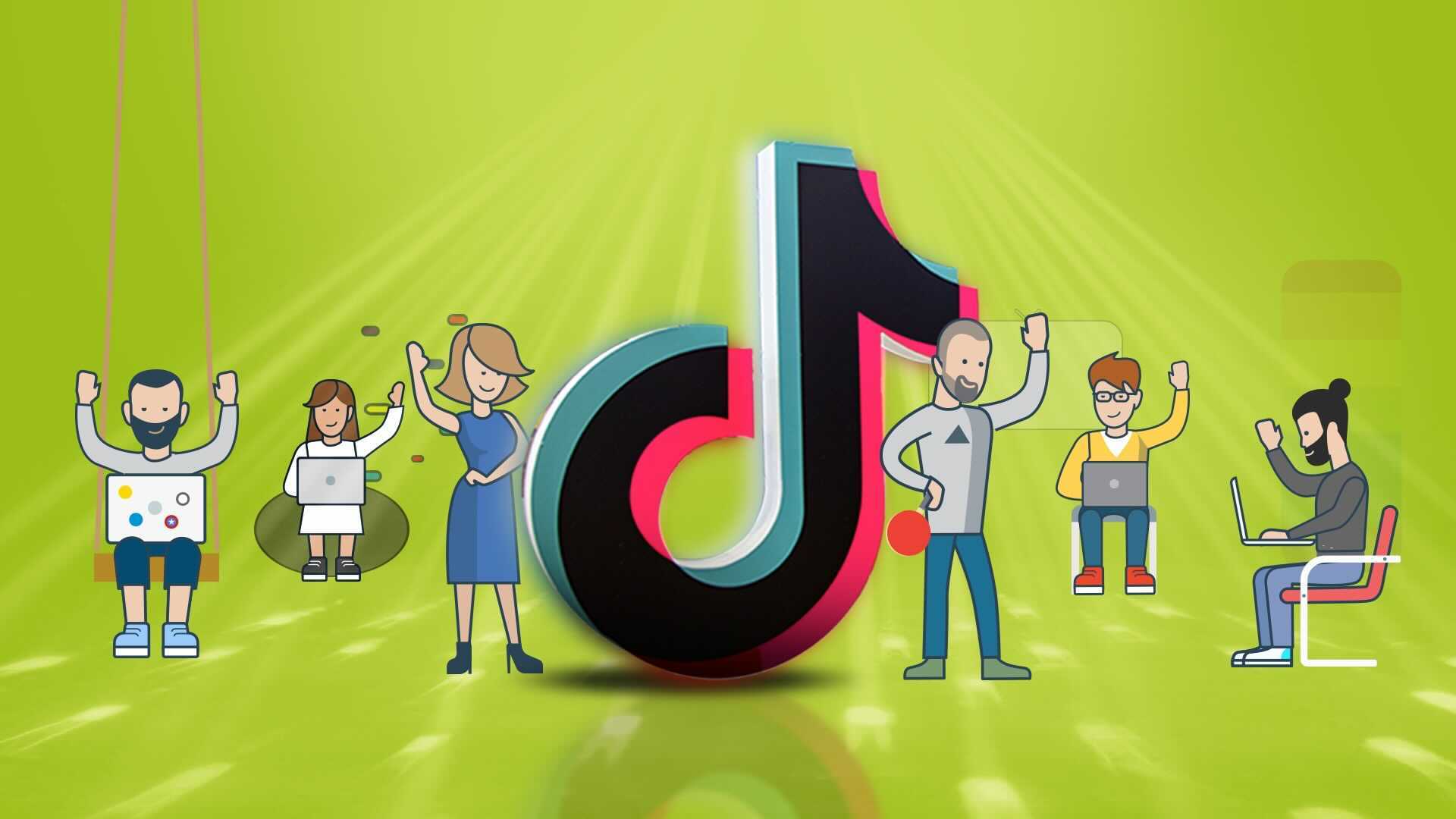There’s always a new medium, a new channel, to look out for in the world of advertising. The pervasiveness of the Internet and smartphones has created ample opportunities for audiences to consume content more frequently than they ever did. Publishers, on their part, have stepped up the game to provide more content in more formats than they ever did. And all of this has, in turn, created more opportunities for advertisers.
Some of the new avenues for advertisers of late have been AI, AR, VR, IoT, and programmatic. But there’s another one that is quite old and yet, new.
That is audio.
Audio, or an audio ad, has been around since the times of radio. Today, audio ads have taken on a new life thanks to streaming services like Spotify and more locally, Anghami.
INFOGRAPHIC: How Middle East brands can benefit from the FIFA World Cup 2018
Audio ads generated $1.6 billion in the US in 2017 – a 39 percent jump from the year before – according to the Interactive Advertising Bureau (IAB).
[Tweet “Audio ads generated $1.6 billion in the US in 2017 – 39% more than 2016 – according to IAB.”]
In the first quarter of 2018, Spotify generated $115 million in ad sales, which represented a 38 percent increase year over year. Meanwhile, Pandora generated $215 million in ad sales in the first quarter, a slight dip from $223 million in the same period of 2017.
This is in the US alone. Closer home in the region, Anghami is seeing massive growth. In the last two years, audio ads have grown by 150 percent in the region with 25 to 30 contributing to Anghami’s share of ad revenue.
Anghami users – 60 million of them – are spending an average of 52 minutes, four times a week, streaming music on the app, writes Rami Zeidan, vice-president of partnerships, Anghami in his Medium blog post “The Power of Audio”.
WATCH: What these Saudi men think of women driving will surprise you
Check out our quick infographic here.
Making the case for audio ads are a few more facts:
- Streaming services have a 51% reach among the online population in KSA – more than the US (41%)
- 71% of digital audio is music
- 23% listen to audio when shopping
- 47% teens spend 4+ hour with earphones on
Audio ads are
- 49% more memorable than broadcast radio ads
- 36% more memorable than TV ads 2
- 9% more memorable than mobile video
- More likely to lift purchase intent by 6.1X, brand favorability by 4.6X and brand awareness by 3.6X
MUST READ: Marketing lessons from the superhero Deadpool
Out of all users listening to audio ads vs other types of ads,
- 59% more likely to remember the slogan of a campaign
- 10% more likely to recall the advertiser
- 9% higher brand awareness
Plugging in programmatic
Now, seeing the potential of audio ads, Google is plugging into streaming music services like Spotify and Pandora to deliver audio ads.
Recently, the company announced that it is supporting audio ads through DoubleClick, its programmatic ad platform, which means brands that use DoubleClick for their ad buying can now buy audio ad inventory available in streaming services including Spotify, Pandora and SoundCloud.
[Tweet “Google plugs into streaming music services to deliver audio ads programmatically.”]
Pandora will open to DoubleClick “soon,” according to Google’s announcement, while Spotify, TuneIn and SoundCloud are open.
“Audio advertising will continue to grow,” said Jean-Claude Homawoo, product manager at DoubleClick, in a blog post. “It is clear that brands should invest in reaching consumers with the right messages in audio just like they do in every other medium.”
In the region, DoubleClick does not work with Anghami. However, Anghami has its own programmatic technology, which can dynamically optimize multiple versions of the same ad based on time, mood, and genre of play in addition to targeting pre-defined audiences within Anghami, explains the company’s commercial director Joe Abilamah.
READ: Vogue Arabia’s masterclass in How to Lose Your Readers in 1 Day
Relying on programmatic advertising can be a tough call for companies because they’re often associated with lower prices, devaluing the inventory. However, they also make it easier for advertisers to buy and could attract more interest from brands to try out the ad offering.
Pandora, for instance, was late to offer audio ads through programmatic pipes. It sold video and other ad formats through automated marketplaces, but reserved audio ads for more exclusive sales channels. That changed in February, when Pandora started selling its first audio ads programmatically through a private marketplace it created with select ad tech partners. And just before Google’s announcement, Pandora bought an ad tech company called AdsWizz, which developed a programmatic ad demand platform, for $130 million in cash and stock.
“Pandora has long understood the value that a sophisticated advertising platform can bring to everyone in digital audio,” said Pandora CEO Roger Lynch in an announcement about the acquisition.






